

In April 2021, ISO (International Organization for Standardization) published the international standard ISO/IEC 23126:2021 Information technology for learning, education and training — Ubiquitous learning resource organization and description framework (Learning Cell International Standard for short), which is led by Professor Shengquan Yu from Advanced Innovation Center for Future Education at Beijing Normal University (AICFE). This standard is based on the Learning Cell learning resource model developed by Professor Shengquan Yu’s team. It is the first Chinese-led international standard adopted by ISO in the field of education, which not only achieves a breakthrough in China originally educational resource framework in ISO, but also enhances the international influence of China in Smart Education.

Figure 1: Learning Cell International Standard is released by ISO.( https://www.iso.org/standard/74653.html)
Learning Cell International Standard is a framework that describes and organizes learning resource in ubiquitous learning. It provides features to enable dynamic aggregation of resources in different learning contexts, in which the social interactions are recorded to facilitate social learning. The features that reflect the evolutionary history of resources based on learners’ contributions are also defined. . This standard defines the semantic properties and representation models of specific elements. It designs a dynamic aggregation mechanism of learning resources based on context-aware learning services and enables interoperability and reusability of resources and tools. Besides, the research team also designs and develops specific standard application system examples with the support of China Mobile. Generally, this international standard provides the possibility to promote ubiquitous learning from static to dynamic and realizes the standardization in learning, education and training area to support individuals, groups, and organizations. It is an important basis for the design of intelligent tutoring system based on specific scene perception.
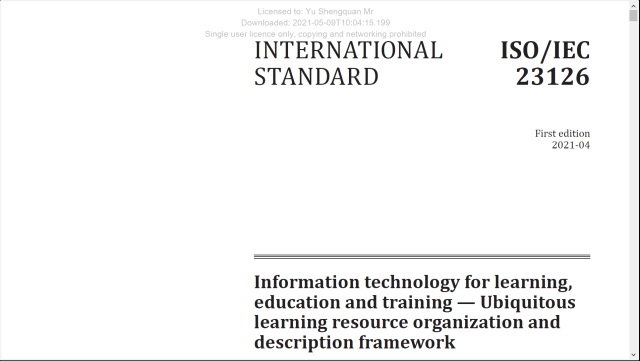
Figure 2: File of Learning Cell International Standard.
Learning Cell International Standard describes four parts: Aggregation Model, Content Organization, Context Aware Learning Service, and Service Provider. Among them, the aggregation model defines the core elements of learning resources and their organizational relationships in the ubiquitous learning environment. Content organization defines the core characteristics of learning elements and their representation details through semantic description, including contextual, social, and evolutionary representation elements and implementation processes. Context-aware learning service defines the role, element, and supportive process of the Learning Cell International Standard in ubiquitous learning process. Service provider is a service aggregation interface for the application of the Learning Cell international standard on different platforms. It is possible to define the way of applying Learning Cell International Standards on different platforms in a standardized way.
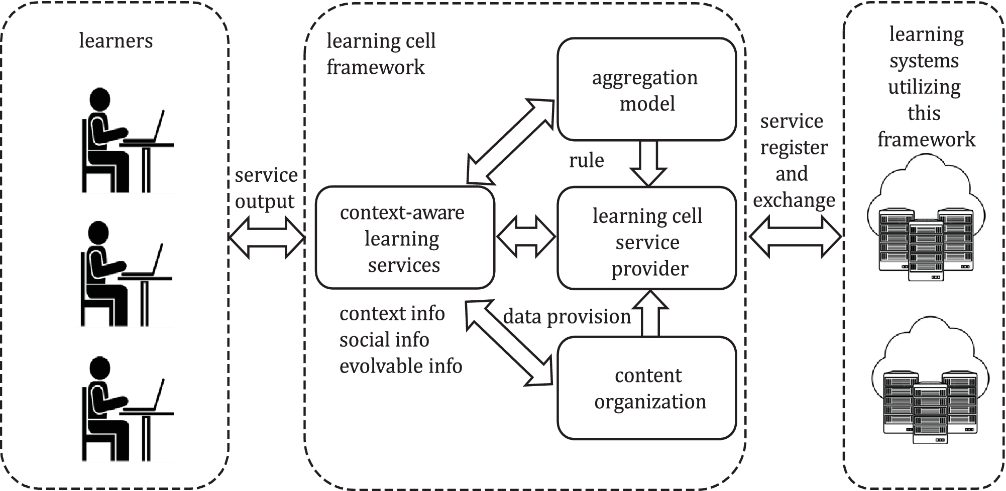
Figure 3: Core contents of Learning Cell International Standard.

Figure 4: Context Aware Learning Service.
The development process of the Learning Cell International Standard has gone through several rounds of international discussion and revision, during which many domestic and oversea experts participated in the cooperation and contributed a lot. The international team members of this standard include Prof. Shengquan Yu, Dr. Qi Wang, Yong-Sang Cho (Korea, convener of Working Group 4), Yuntao Yu, (China Electronic Standardization Institute), Jaeho (Korea), Tore Hoel (Norway), Erlend Overby (Norway), Mohamed Ally (Canada), Pierre Julien (Canada), Simone Laughton (Canada), Jerry Leeson (Australia), Mingzhuo Liu (East China Normal University, China), and Ying Li (China Electronic Standardization Institute).

Figure 5: The research team was discussing draft of Learning Cell International Standard.
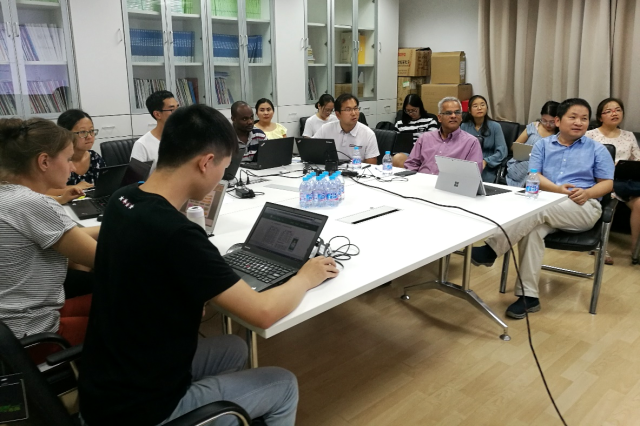
Figure 6: Discussing with oversea experts on Learning International Standard.

Figure 7: In September 2018, Seminar on Learning Cell International Standard.
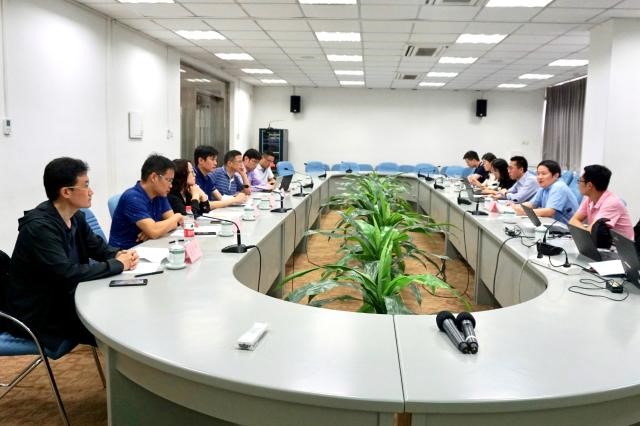
Figure 8: In September 2019, the expert consultation meeting on Learning Cell International Standard.

Figure 9: Reporting on the draft proposal of Learning Cell International Standard at Melbourne conference 2017.

Figure 10: SC36 Chairman Erlend Overby participated in the discussion of the Learning Cell International Standard.
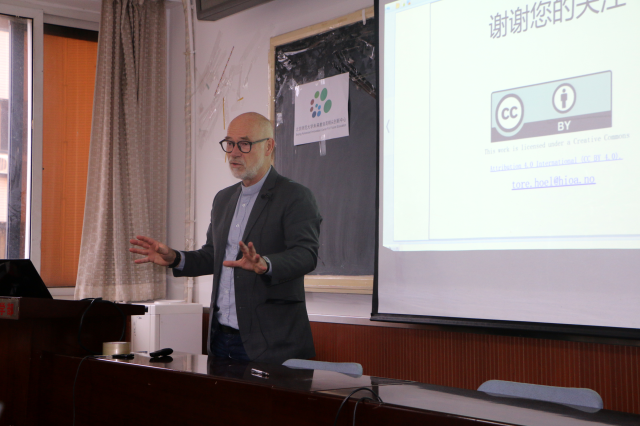
Figure 11: Tore Hoel (Norway) participated in the discussion of the Learning Cell International Standard.

Figure 12: Yuntao Yu, (China Electronic Standardization Institute) participated in the discussion of the Learning Cell International Standard.

Figure 13: ISO/IEC JTC1/SC36 Plenary.

Figure 14: International experts listened to reports on the draft of the Learning Cell International Standard and participated in the discussion.
The proposal of the Learning Cell International Standard is supported by the research foundation of Professor Shengquan Yu’s research team. The core concept and basic structure of the Learning Cell was proposed in 2009. On the basis of the core concept and basic structure of the Learning Cell, the research team continues doing the in-depth study on the information model, semantic technology, evolution mechanism, context-aware learning and resource automatic generation technology, social resource library construction, and learning cognitive map construction, etc. Relying on the Learning Cell platform, the research team supports the colleges and universities online teaching, regional collaborative teaching and research for primary and secondary school teachers, creation of educational technology encyclopedia, leaping project of online guidance and training, and forming eight innovative teaching models, which include the design and development model of learning cell-based micro-course, double helix deep learning model, open shared course design model, generative course design model, ubiquitous learning model, teacher-student co-reading model, integrated teaching model, and regionally collaborative lesson preparation model.
Focusing on the concept, technology, and application research of learning element, the research team has successively published 10 SSCI papers, more than 70 CSSCI papers, and a book named Ubiquitous Learning Resource Organization Model and Key Technical Research.

Figure 15: A book systemically introduces the works on the Learning Cell.